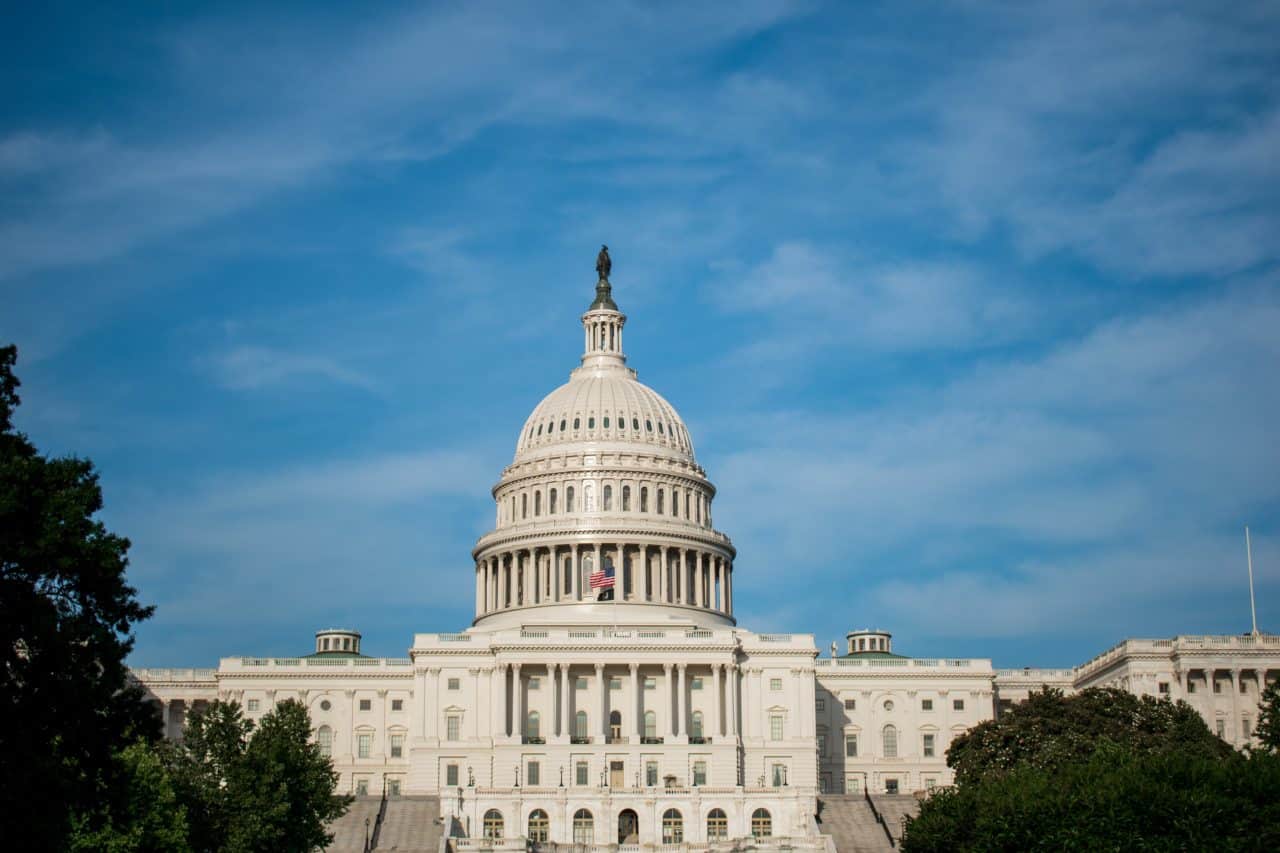This advocacy tool describes the process of how a bill becomes a law at the federal level (much like the School House Rocks song, “I am a Bill”).
How Does A Bill Become A Law?
You can be an effective advocate for young children and families when you familiarize yourself with how the public policy process works and the times in which your advocacy can have the greatest impact.
STEP 1: The Creation of a Bill
Members of the House or Senate draft, sponsor and introduce bills for consideration by Congress. The House clerk assigns a legislative number for bills introduced in the House of Representatives (e.g., H.R. 1001) and the Senate clerk assigns a legislative number for bills introduced in the Senate (e.g., S. 1002).
STEP 2: Committee Action
Usually, a committee is assigned to study the bill according to its subject matter. Often a committee will refer the bill to one of its subcommittees. The subcommittee may request reports from government agencies, hold hearings so experts and interested parties have an opportunity to offer testimony regarding the issue, “mark up” or revise the bill, or report the legislation to the full committee for its consideration. The full committee may make a recommendation to pass the bill, to revise (i.e., mark up) and release the bill (also known as reporting the bill out of committee), or to lay the bill aside (also known as tabling the bill).
STEP 3: Floor Action
The bill is returned to the full House or Senate for further debate and approval. At this point members may propose amendments to the bill, add additional text, or otherwise alter the bill.
STEP 4: Vote
House and Senate members vote on their respective versions of the proposed bill.
STEP 5: Conference Committees
A bill must be approved by both Chambers of Congress. When the Senate amends and agrees to a bill or a version of a bill that the House has already passed or when the House amends and passes a Senate bill or a version of a Senate bill, the two Chambers may begin to resolve any legislative differences between the House and Senate versions of the bill by way of a conference committee. When the chambers go to conference, the House and Senate send conferees or representatives to bargain and negotiate. The final compromise is embodied in a Conference Report that must be agreed to by both chambers before it is cleared for presidential consideration. The Conference Report will recommend a common version of the measure for approval and will also include statements of legislative intent regarding provisions of the legislation in a Joint Statement of Managers of the Conference.
STEP 6: Presidential Action
After the bill is passed by both Chambers it is sent to the President for his approval or his signature, which if granted creates a Public Law. When a President comments on and refuses to sign a bill it is known as a veto. A vetoed bill may return to Congress for reconsideration. If the President does not act within 10 days the bill automatically becomes law. If Congress adjourns during the 10 days after the bill is sent to the President and he does not sign it, the bill is automatically vetoed. This process is also known as a pocket veto.
STEP 7: The Creation of a Law
The Office of Federal Register assigns the Public Law a number (i.e. P.L. 109-1) and the Government Printing Office prints a copy of it. Laws are issued first in slip form or a single publication containing one law. Later it is organized in the order in which it was passed. Finally, it is codified into subject order so that all laws on the same topic fall together.



